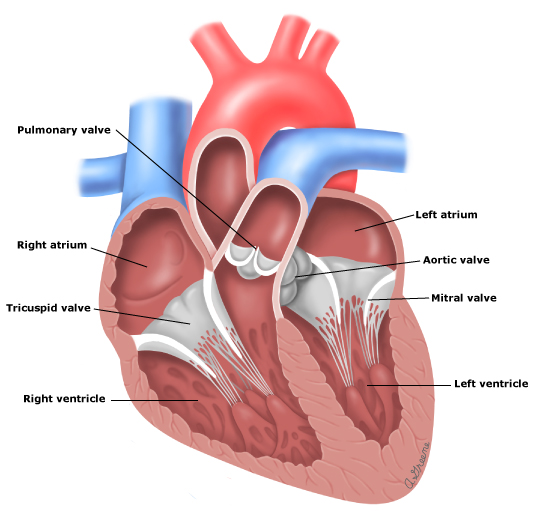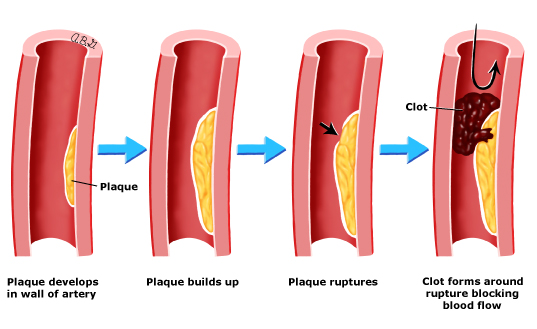Heart Catheterization
What is cardiac catheterization?

Cardiac catheterization, sometimes called “cardiac cath,” is a procedure doctors can do to look for certain heart problems. Doctors usually do cardiac cath to understand how your heart is working or why you have symptoms such as chest pain.
Most people who have a cardiac cath have a test called “coronary angiography” done as part of the procedure. Doctors do coronary angiography to look at the arteries in a person’s heart. That way, they can see if there are any blockages in the arteries and how serious the blockages are.
Some people have a cardiac cath without having coronary angiography. Doctors can do a cardiac cath to look for problems in the heart chambers or valves (figure 1). To get information about the heart chambers or valves, doctors can measure the pressures or amounts of oxygen in the blood in different parts of the heart.
How do I prepare for a cardiac cath?
Your doctor will tell you how to prepare for your cardiac cath. You should not eat or drink anything after midnight the night before your test. Most patients are told to keep taking their medicines.
What happens during a cardiac cath?
A cardiac cath is done in the hospital. You will be awake during the procedure, but your doctor will give you medicine to help you feel relaxed.

Your doctor will make a very small cut in the top, inner part of your leg, or at your wrist. (He or she will numb this area first.) The doctor will put a thin plastic tube, called a “catheter,” in a blood vessel which is just below the cut. Then he or she will advance the tube through your blood vessels to your heart (figure 2). You will not be able to feel this. While this is happening, an X-ray will take pictures of the tube in your body. This helps your doctor know when the tube has reached the correct place in your heart.
When the tube is in place, your doctor will do tests. If you are having coronary angiography, your doctor will inject a dye into the tube that shows up on an X-ray. This dye can show if any of the arteries in your heart are clogged. Your body might feel warm during this part of the test.
If your arteries are clogged, your doctor might do a procedure to open them during the catheterization. If there is a chance you will have this procedure, your doctor will talk with you about it in his or her office before your cardiac cath. (See “Patient education: Stenting for the heart (The Basics)”.)
What happens after a cardiac cath?
After the procedure, your doctor will remove the tube from your body and put pressure on the cut to prevent bleeding. You will need to rest in the hospital for a few hours. You will probably be able to go home after that, but someone else will need to drive you. If your doctor fixes any of your arteries, you will probably need to stay in the hospital overnight.
Before you leave, your doctor will tell you when you can drive and do your usual activities again. Someone on the medical staff will also discuss your medicines with you and set up a follow-up appointment to see you in about a week. At the follow-up, you will learn about the results of your cardiac cath.
What problems can happen after a cardiac cath?
The most common problems are bleeding, bruising, and soreness in the area where the tube was put in. These problems can last for a few days, especially if the tube was put in the leg.
Other problems can happen during or after a cardiac cath, but they are uncommon. They include:
- Heart attack
- Stroke (when a part of the brain is damaged because of a problem with blood flow)
- Kidney damage
- Allergic reaction to the dye
- Death
A cardiac cath does involve a small amount of radiation. Too much radiation can cause serious health problems, such as cancer. The small amount of radiation from one (1) cardiac cath will not cause any long-term problems in many people. But your doctor will talk with you about the possible long-term side effects of radiation.
When should I call my doctor or nurse?
Call your doctor or nurse if any of the following happen after your cardiac cath:
- The area where the tube went in bleeds a lot.
- You get a fever or have pain, swelling, or redness where the tube went in.
- Your leg or hand is weak or numb

